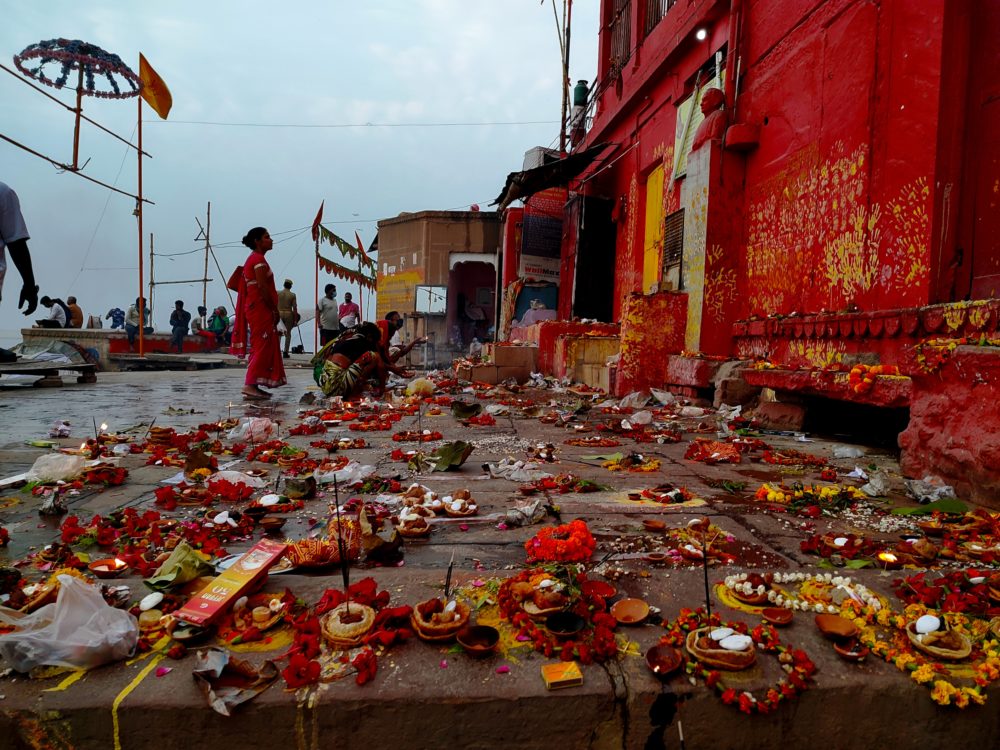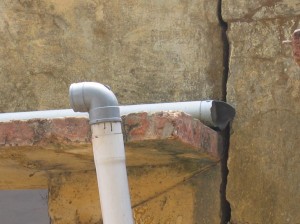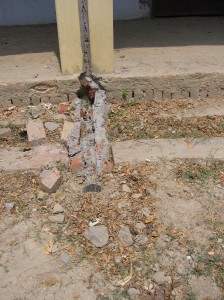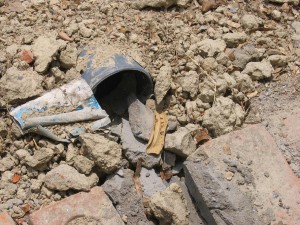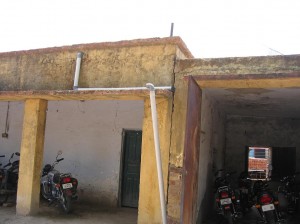This question that has always been in my mind is who actually gets married- the bride and groom or their family? It is so common to hear people getting married but then there are few stories associated with these weddings that makes me confused about who actually got married- the bride and groom or the family. It was my cousin’s wedding few days ago and I also went to attend it. Everything seemed fine to me, actually I liked it because I got to see a village wedding which is obviously more traditional than weddings taking place in Indian cities nowadays.
But I heard some things about the wedding that shocked me completely. I am very much interested in this crazy concept of dowry so I asked my cousins about it like what dowry did the bride family have to give and one cousin told me a crazy story about the motorbike the bride’s family had to give as dowry. He said that when the bride’s family asked the groom about what motorbike would he like to take, the groom asked for the Bajaj motorbike called Platina because he liked it and the bride’s family bought this motorbike about two months before the wedding.
After buying the motorbike, the bride’s family informed my cousin’s family that they had bought a Bajaj Platina but my uncle did not like this bike. He liked a Hero Honda bike so he asked the bride’s family to return the Bajaj bike and buy a Hero Honda one. Since the bride’s family had already bought Bajaj Platina and had paid for it, it was hard for them to return this bike and get their cash back. So they said that they had already asked the groom what bike would he like to have and the groom had asked for a Bajaj Platina and that was the reason they bought it.
But my uncle said that they should have asked him instead of the groom. Actually the groom works in a city called Korba in M.P. which is like 30 hours of train ride from my village and my uncle said that since the groom lives far away and doesn’t need a bike for his work, he would not drive the bike, the bike would be used by my uncle. It was a big problem for the bride’s family to return the bike so they involved the bride in this matter. They asked the bride to talk with the brothers and sisters of the groom and tell them that she liked Bajaj better than Honda and that is why she had asked her father to buy Bajaj bike.
She talked with the brothers and sisters of the groom and told them about her choice and asked them to convey her message to her father-in-law but again my uncle did not entertain the bride. He said that this bike would not be used by the groom, it would be used by he himself so he wanted a bike of his choice. Finally the bride’s family paid some penalty and returned the Bajaj bike and bought a new Hero Honda one, which was of course neither the groom’s nor the bride’s choice; it was choice of my uncle.
The bride’s family lost something like Rs. 10,000. It was crazy to see that the groom and bride had no control over their wedding. What was the need to ask for a bike if it was not going to be used by either the groom or bride??? Who actually was getting married- the bride and groom or my uncle??? I saw my uncle driving the bike the very next day after the wedding. I don’t know when the bride will ride the bike her father had bought. After attending the wedding I came back to Varanasi, but again heard something that was just unbelievable.
The bride came to groom’s house after the wedding and then she was supposed to live with the groom. After ten days of wedding the groom went back to his work in Korba but the bride was still living at the groom’s village house with her in-laws. I asked my cousin about it and he said that it is village tradition for the bride to stay at her in-laws house for at least two years after the wedding. So now the groom is in Korba and the bride is living with her in-laws.
I am sure that the bride would have loved going to Korba with her husband and she could not because of this crazy culture. She just cooks the food, looks after her in-laws, cleans the dishes, clean the house… that’s all. She is still 19 year old and she needs to go to school and I am sure that she would have loved to continue her studies but… It would be easy for her to keep her studies continued if she was living with her husband in Korba because she would have fewer responsibilities there. But… I don’t know when these things will change and women will have equal rights in India, but hope is always there…
